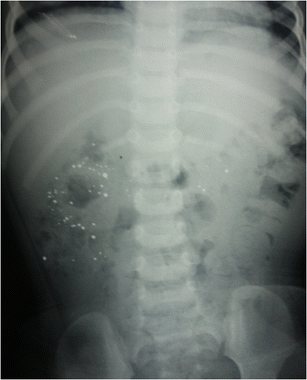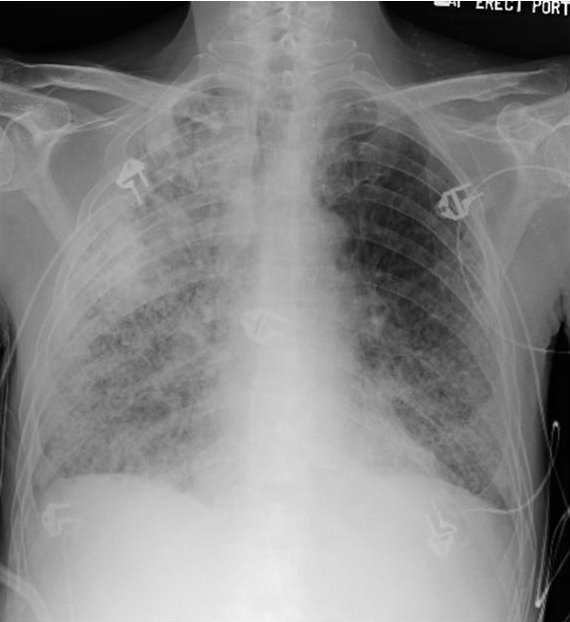


Mercury compounds known as mercury salts, which dissolve in water or alcohol, were usually more straightforward to use than the element in its purest form.
MERCURY EXPOSURE X RAY PICTURES SKIN
In the 1300s, the metallic element was typically added to animal fat to form a thick cream, which was then slathered on by patients affected by psoriasis and leprosy.Ī few centuries later, a notable recipe “to procure Beauty” was published in Hannah Woolley’s 1675 book The Accomplish’d Lady’s Delight in Preserving, Physick, Beautifying, and Cookery, instructing readers to: “Take four Ounces of Sublimate, and one Ounce of crude Mercury, and beat them together… in a wooden Mortar, and wooden Pestle” before eventually laying the substance on the skin “with Oyl of white Poppy”. Mercury – also commonly referred to as quicksilver – has a long history of being used to treat skin problems. Rival cosmetics on the market included ‘White’s Radium Hair Food’, Frederick Godfrey’s ‘Renair Radioactive Antiseptic Hair Tonic’ and the ‘O-Radium Hat-Pad’. This strain would trigger a chain of psychological reactions that worked as a potent metabolic catalyst to improve joint movements, boost the immune system, and trigger a whole host of other positive changes in the body.Ĭavendish’s Caradium line of products – which included shampoo, hair growers and face creams – were made with radium water and herbs under the supervision of a self-styled “specialist in radioactive toilet preparations”. Most of these products were grounded in the theory of mild radium therapy, proponents of which argued that exposure to radium in minute doses (usually administered through radium- laced water or by breathing in radon gas) caused a small amount of stress to biological organisms.


By the early 1900s, the curious and still mostly unfathomable properties of radium would find expression in a wide range of goods and services aimed at the general consumer. Scientists and, in turn, medical practitioners and entrepreneurs, would struggle to understand the complicated properties of radioactive elements. The discovery of radium in the late 19th century by the Curies had prompted a flurry of experiments to scope the limits of its potential applications. So, in 1911, when she launched a range of products utilising the radioactive element radium, they were an almost-instant success. Helen Cavendish, a stalwart of the high society salons dotted around Mayfair, London, was well regarded by her wealthy clients, and they trusted her judgment when it came to the latest in beauty treatments. Tapeworms, arsenic and magic soap: fact-checking history’s weirdest fad diets and weight-loss gimmicks.The popularity of such products waned in the years immediately after the First World War, but soaps laced with the substance were still on sale well into the 1930s. By the mid-1890s, consumers could buy products such as ‘Dr James P Campbell’s Safe Arsenic Complexion Wafers’ and even caramels made with tiny quantities of arsenic. Recognising a growing trend, a number of companies soon began offering arsenic-based cosmetics. Indeed, there did seem to be some short-term benefits to users’ complexions – not least because arsenic dilates the capillaries, giving the temporary effect of a flattering flush to the cheeks. While it was routinely reported that excessive and persistent use of arsenic could be at best an irritant, and at worst, fatal, its popularity increased. In effect, arsenic could make you beautiful. In particular, there was a great deal of excitement over stories that the Styrians not only reported increased endurance and energy, but that they had acquired improved complexions, with sparkling eyes and rosy cheeks. Read more about why Arsenic was Agatha Christie’s favourite murder weaponīut the existence of arsenic-eaters (known as ‘toxicophagi’) in Austria stimulated a renewed interest in arsenic’s beneficial effects.


 0 kommentar(er)
0 kommentar(er)
